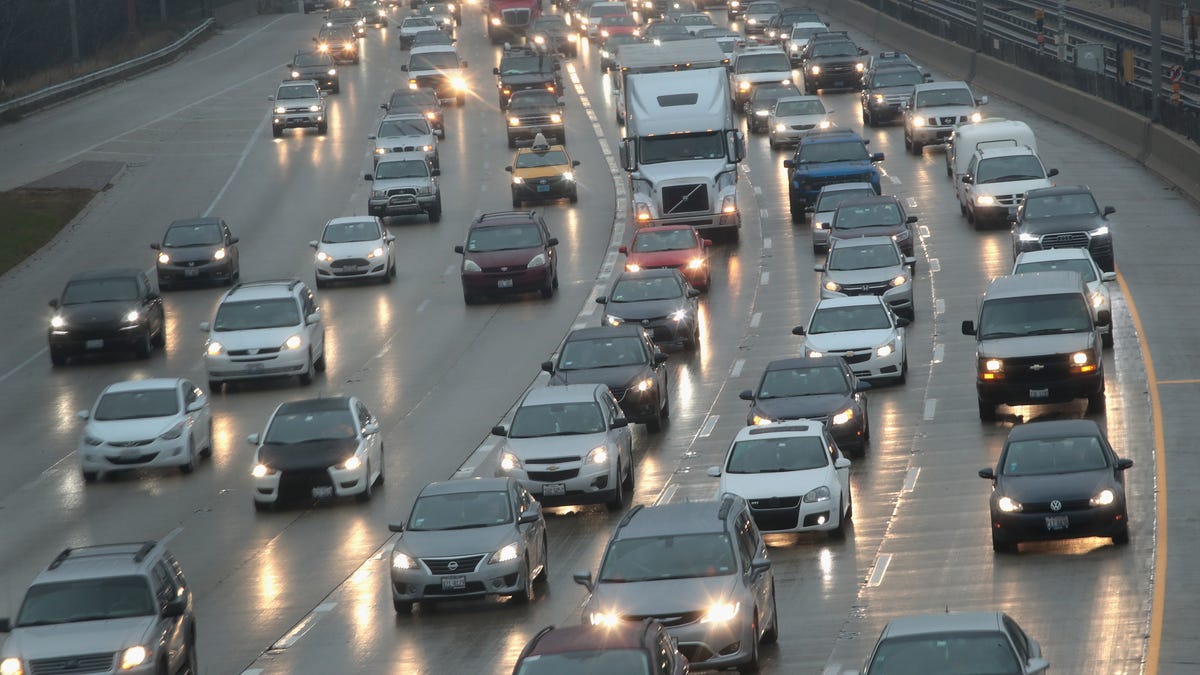US Department of Transportation hopes to mandate V2V communications
The feds believe that mandatory vehicle-to-vehicle systems would greatly increase road safety.

The US Department of Transportation isn't waiting idly by until the new guard arrives in January. Instead, it's rolled out a Notice of Proposed Rulemaking that seeks to mandate vehicle-to-vehicle (V2V) communications for future light-duty cars and trucks.
This notice marks the first proposed mandate of V2V technology anywhere in the world. Using dedicated short-range communications operating in a bandwidth dedicated solely to this kind of communication, vehicles would be able to broadcast safety messages to other vehicles within a 300-meter range, which the DOT says is far greater than sensors, camera and radar can achieve in a single car.
V2V would allow vehicles to communicate to one another about cars pulling out of blind alleys or vehicles that have stopped far ahead on the roadway. It could also warn vehicles when it's unsafe to try and pass on a two-lane road. The mandate also includes a required common "language" for each vehicle, so that different makes and models are capable of understanding each other's safety messages.
The DOT believes this extra layer of safety could save nearly 1,000 lives and help eliminate hundreds of thousands of injuries each year.
When operating on a specific bandwidth (a 75MHz band of the 5.9GHz spectrum, to be specific), there is a cybersecurity concern. The government recognizes this, and points out that its current proposed design employs "at least" 128-bit encryption and is compliant with National Institute of Standards and Technology (NIST) standards and guidelines. Only generic safety-related information like heading and speed will be broadcast, so there's little privacy risk.
There is an issue of cost, though. The DOT estimates that V2V equipment would cost about $350 per vehicle in 2020, or about 1.1 percent of the current average cost of a new car. That price is expected to drop to between $209 and $235 by 2058, since manufacturers will have more experience with this kind of equipment. Industry-wide, annual costs would range between $2.2 billion and $5 billion in 2021, but the DOT believes those costs would be offset by the savings that comes from reducing congestion and vehicle damage.
This isn't set in stone just yet. The public has a chance to submit comments on this Notice of Proposed Rulemaking for the next 90 days. After that, the feds will review these comments and make amendments to the proposal as it sees fit before issuing a final ruling. You can leave a comment on Safercar.gov.

